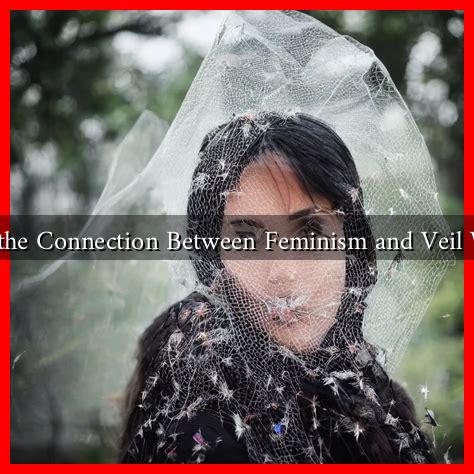-
Table of Contents
What Is the Connection Between Feminism and Veil Wearing?
The relationship between feminism and veil wearing is a complex and multifaceted topic that has sparked considerable debate in both academic and social circles. The veil, often associated with Muslim women, can symbolize various meanings, from oppression to empowerment. This article explores the intricate connections between feminism and veil wearing, examining how cultural, religious, and political contexts shape these perceptions.
The Veil: A Symbol of Identity
The veil, in its many forms—be it the hijab, niqab, or burqa—serves as a significant cultural and religious symbol for many women around the world. For some, it represents a commitment to their faith, while for others, it may signify cultural identity. The meanings attached to the veil can vary widely based on individual experiences and societal contexts.
- Religious Significance: For many Muslim women, wearing the veil is an expression of their religious beliefs and a way to fulfill their spiritual obligations.
- Cultural Identity: In various cultures, the veil can serve as a marker of ethnic identity, connecting women to their heritage.
- Political Statement: In some contexts, wearing the veil can be a form of resistance against Western imperialism or a statement of personal autonomy.
Feminism: Diverse Perspectives
Feminism is not a monolithic movement; it encompasses a range of ideologies and perspectives. Broadly, feminism advocates for women’s rights and gender equality, but the interpretation of these principles can differ significantly across cultures and contexts.
- Liberal Feminism: Focuses on individual rights and equality, often advocating for women’s freedom to choose whether or not to wear the veil.
- Radical Feminism: Critiques the veil as a symbol of patriarchal oppression, arguing that it perpetuates gender inequality.
- Intersectional Feminism: Emphasizes the importance of considering race, class, and cultural background, recognizing that the veil can be both a symbol of oppression and empowerment.
The Debate: Oppression vs. Empowerment
The discourse surrounding veil wearing often oscillates between viewing it as a tool of oppression and as a form of empowerment. This dichotomy is influenced by various factors, including personal choice, societal norms, and political climates.
Oppression
Critics argue that the veil is a manifestation of patriarchal control over women’s bodies. In many societies, women may feel pressured to wear the veil due to familial or societal expectations. This perspective is often highlighted in discussions about women’s rights in countries where the veil is mandated by law.
Empowerment
Conversely, many women assert that wearing the veil is a personal choice that empowers them. They argue that the ability to choose to wear the veil is an expression of autonomy and self-determination. For instance, a study conducted by the Pew Research Center found that a significant percentage of Muslim women view the hijab as a source of pride and identity.
Case Studies: Global Perspectives
Examining different cultural contexts can provide valuable insights into the connection between feminism and veil wearing.
- France: The ban on wearing religious symbols in public schools has sparked debates about secularism and women’s rights, with many arguing that it infringes on personal freedoms.
- Iran: The mandatory hijab law has led to significant feminist movements advocating for women’s rights and personal choice.
- Turkey: The lifting of the ban on headscarves in public institutions has been seen as a victory for women’s rights, allowing women to express their religious identity freely.
Conclusion: A Complex Interplay
The connection between feminism and veil wearing is not straightforward; it is shaped by a myriad of factors including cultural, religious, and political influences. While some view the veil as a symbol of oppression, others see it as an expression of empowerment and identity. Understanding this complexity is crucial for fostering respectful dialogue and promoting women’s rights globally.
Ultimately, the key takeaway is that feminism must embrace diverse perspectives, recognizing that the veil can hold different meanings for different women. By doing so, we can work towards a more inclusive understanding of women’s rights that respects individual choices while advocating for gender equality.
For further reading on this topic, you can explore resources from organizations like UN Women and the Pew Research Center.


